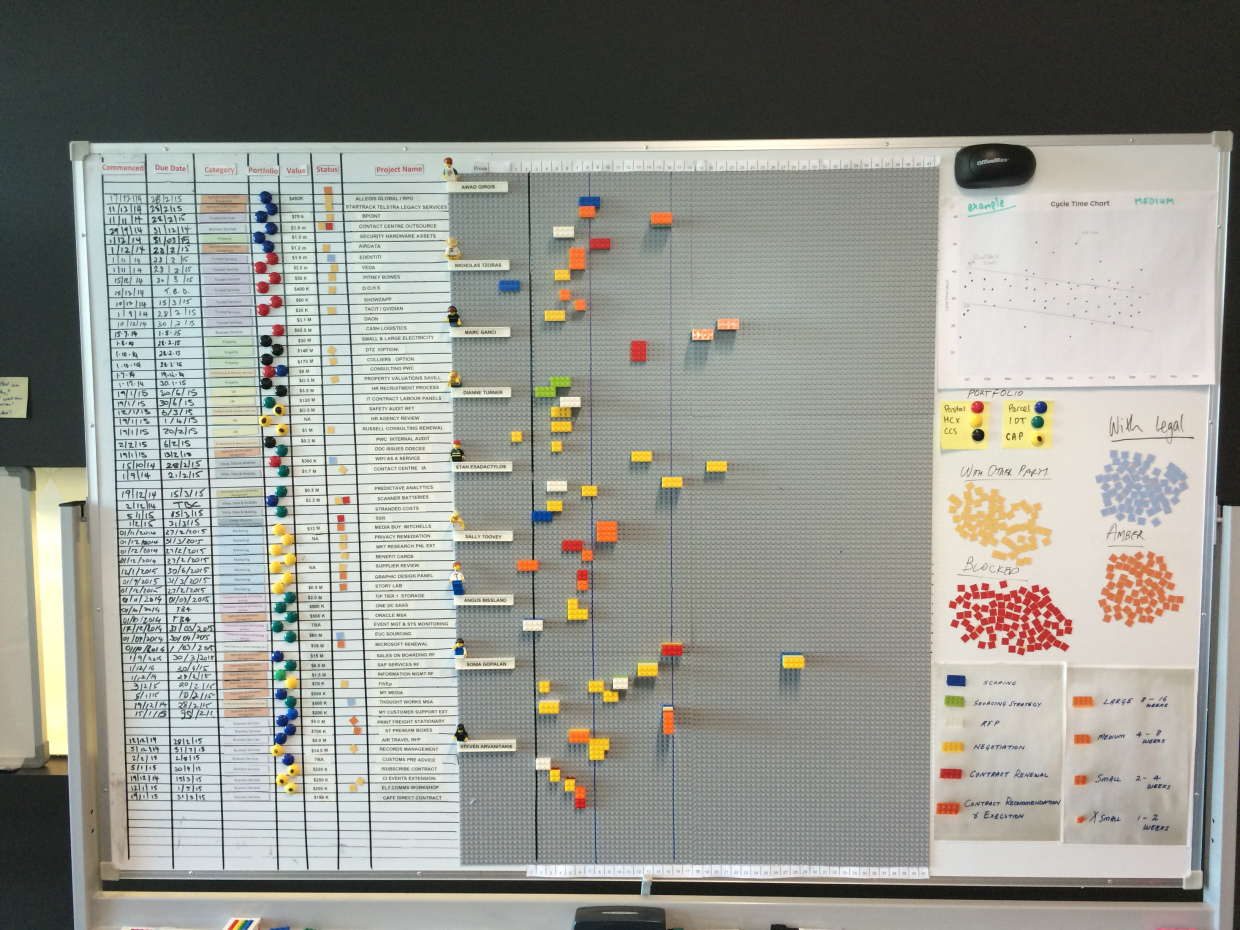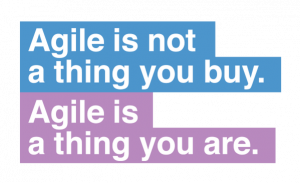We are uncovering better ways of developing
software by doing it and helping others do it.
Through this work we have come to value:
Individuals and interactions over processes and tools
Working software over comprehensive documentation
Customer collaboration over contract negotiation
Responding to change over following a plan
That is, while there is value in the items on
the right, we value the items on the left more.
And the principles behind the agile manifesto are:
Our highest priority is to satisfy the customer
through early and continuous delivery
of valuable software.
Welcome changing requirements, even late in
development. Agile processes harness change for
the customer’s competitive advantage.
Deliver working software frequently, from a
couple of weeks to a couple of months, with a
preference to the shorter timescale.
Business people and developers must work
together daily throughout the project.
Build projects around motivated individuals.
Give them the environment and support they need,
and trust them to get the job done.
The most efficient and effective method of
conveying information to and within a development
team is face-to-face conversation.
Working software is the primary measure of progress.
Agile processes promote sustainable development.
The sponsors, developers, and users should be able
to maintain a constant pace indefinitely.
Continuous attention to technical excellence
and good design enhances agility.
Simplicity–the art of maximizing the amount
of work not done–is essential.
The best architectures, requirements, and designs
emerge from self-organizing teams.
At regular intervals, the team reflects on how
to become more effective, then tunes and adjusts
its behavior accordingly.
From http://agilemanifesto.org/

